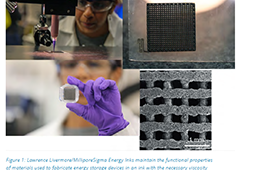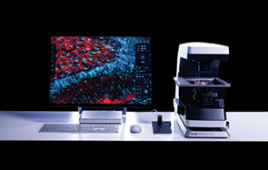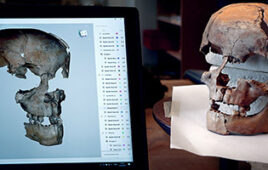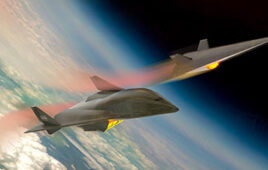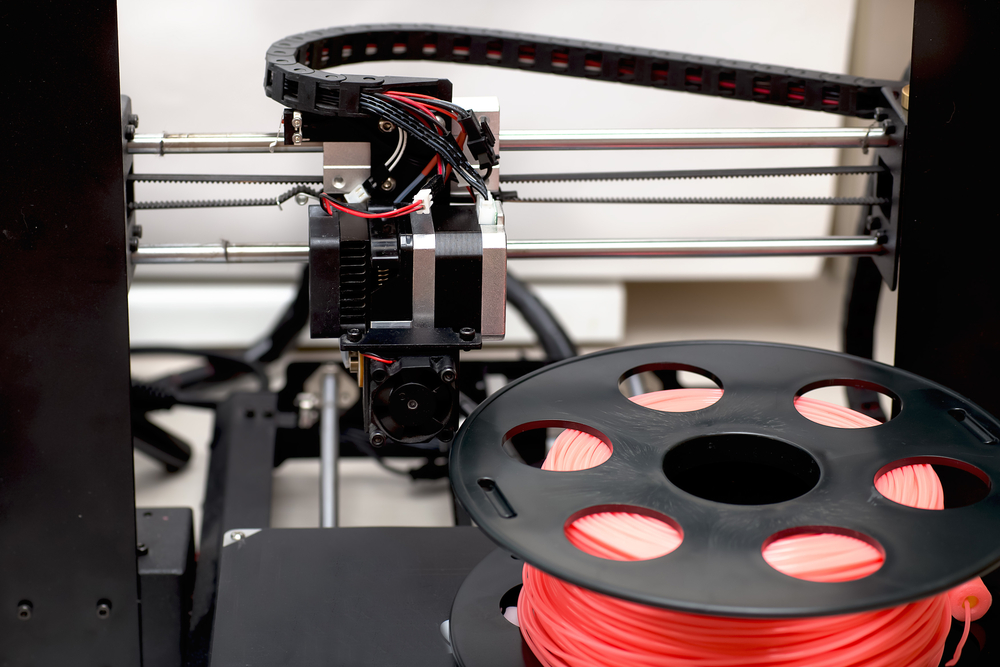
Police in Australia have captured several guns allegedly produced using a 3D printer.
Police in Australia have seized a cache of guns made with a 3D printer.
In November, police in Queensland reported that they had discovered a 3D printer in a raid of a meth lab in what appeared to be a large-scale weapons production facility. At least one media report referred to the guns as “Uzi-style guns” that were fairly close to factory quality.
This raid, part of Operation Oscar Quantum, which targets the manufacturing and distribution of amphetamines, comes just a year after the New South Wales Parliament passed legislation that bans the possession of plans for the manufacture of guns for 3D printers or electronic milling machines, with offenses punishable by up to 14 years in jail.
Guns made by 3D printers are also banned in the U.S., U.K. and Japan.
According to an editorial written University of Wollongong professor Thomas Birtchnell, 3D printing technology is not yet at the point where it can readily produce weapons but it could be used to help “rogue gunsmiths” to produce weapons.
The raid uncovered homemade weapons and ammunition in a workshop manufacturing facility containing equipment used in the production of fully automatic machine guns, including a 3D printer, lathes drill presses and other tools.
Birtchnell said home or consumer grade 3D printers are not able to produce durable metal objects, which would be required to print a gun. However, the standard nozzles used in the process of fused deposition modeling (FDM) do not get hot enough to melt pure metals.
According to Birtchnell, there are efforts to bring metal FDM 3D printers to the market, with one of the future contenders for mass adoption being a prototype open source FDM metal 3D printer.
There are also efforts to make metal-infused filaments in bronze and copper that will aid budding home jewelry designers, but not gunsmiths as firearms would require stronger and purer metal feedstocks.
An iron sinter would need to heat between 1,100 and 1,300 degrees Celsius to melt metal, while most FDM 3D printers can only reach between 195 and 220 degrees Celsius.
Another issue is the cost of powderized metals founds in direct metal laser sintering or selective laser sintering printers. Powdered metals would require safe facilities to use them because certain metal powders including titanium and aluminum can spontaneously combust causing fires.

